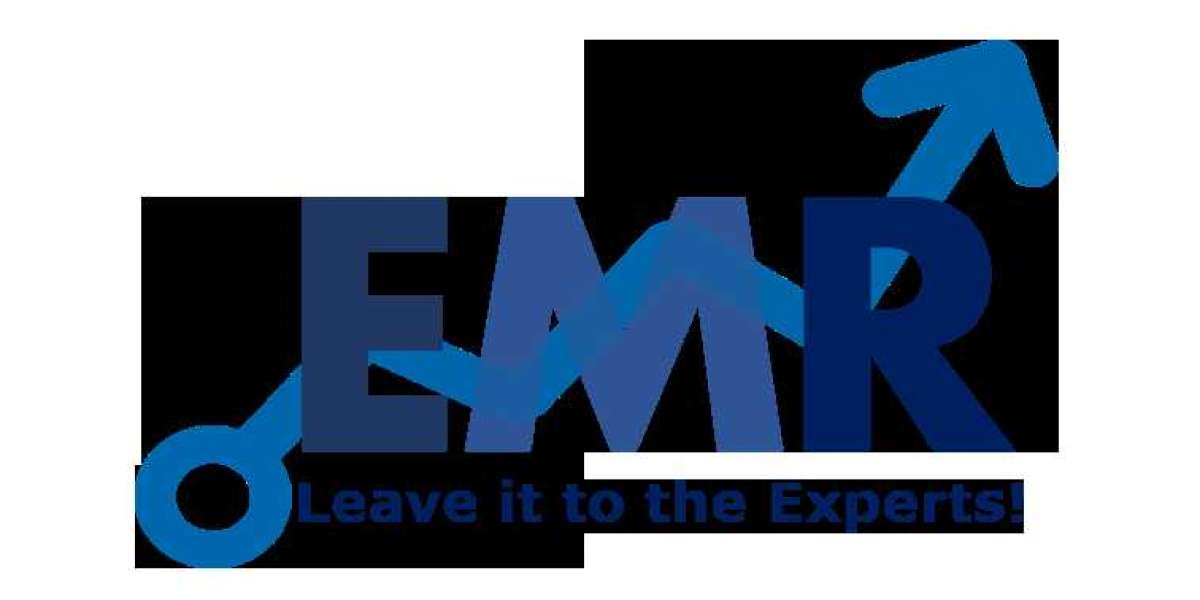Zero Energy Buildings Market Overview: According to a comprehensive research report by Market Research Future (MRFR), “Zero Energy Buildings Market Research Report, Technology, Application, Material and Region - Forecast till 2027” the market is projected to be worth USD 142.81 billion by 2028, registering a CAGR of 31.67% during the forecast period (2021 - 2028), The market was valued at USD 19.56 billion in 2020.
Key Players
The Key Players in the Global Zero Energy Buildings Market profiled are –
- Daikin Industries Ltd. (Japan)
- Honeywell International Inc (US)
- General Electric (US)
- Johnson Controls International plc (Ireland)
- Schneider Electric (France)
- Siemens (Spain)
- Solatube International Inc. (US)
- SunPower Corporation (US)
- Kingspan Group (Ireland)
- Saint-Gobain (France).
Get Free Sample PDF Brochure
https://www.marketresearchfuture.com/sample_request/5325
Several Factors Contributing to Market Growth
Zero-energy buildings meet all energy requirements, including low-cost, locally available, non-polluting, renewable energy sources. These are typically high-performance, energy-efficient buildings that use renewable technologies to produce as much energy as they consume from acquired commercial energy sources over the course of a year. During the projected period, the worldwide zero-energy buildings market is expected to increase significantly. The market is likely to be driven by growing concerns about reducing energy usage, expanding environmental concerns, and individuals' proclivity to embrace green buildings. Growing awareness of the environmental and social impact of buildings among architects and construction firms has resulted in an increase in sustainable building technologies and construction. Lower running expenses and energy bills, higher resale values, and protection from rising energy prices, all of which lead to higher property values, are some of the drivers projected to drive the zero-energy building market throughout the projection period. In addition, there has been a steady rise in improving sustainability and growth potential in emerging economies. The chance for expansion provides a variety of benefits for architects, developers, and economies, and economies are predicted to create an opportunity for global market players.
Zero energy buildings are efficient and high-performing buildings that use renewable technologies to generate the same amount of energy as the building consumes from purchased commercial energy sources. These buildings have a variety of energy advantages, including being non-polluting, low-cost, using renewable energy sources, and being locally available. These advantages play a major part in moving the worldwide zero energy buildings market forward. The consistent improvement in sustainability and scope for expansion has brought various benefits to developers and architects, increasing the number of Energy Efficiency Building (EEB) projects. These projects seek to locate, eliminate, and convert structures in order to achieve energy self-sufficiency. All of these reasons will drive the global zero energy building industry forward.
Browse In-depth Market Research Report (185 pages) on Zero Energy Buildings
https://www.marketresearchfuture.com/reports/zero-energy-buildings-market-5325
Lack of Certified Professionals and Expertise
Delays in obtaining certifications due to a lack of certified professionals and expertise to enable the assembly of all components used, as well as the skills required to gain permissions for the integration and operation of zero-energy buildings, are anticipated to increase in the coming years, potentially affecting the global zero-energy buildings market.
Industry News
In 2020, Johnson Controls and Lawrence Berkeley National Laboratory (Berkeley Lab) introduced the Building Efficiency Targeting Tool for Energy Retrofits (BETTER). This tool enables building managers and owners to quickly transform available monthly building energy consumption into precise recommendations for enhancement.
Market Segmentation
The global zero-energy buildings market has been segmented by equipment and application.
By equipment, the global zero-energy buildings market is segmented into HVAC systems, lighting walls roofs, and others. The HVAC systems led the global market as they are the most significant and energy-consuming parts in the whole building structure leading to significant energy savings in high-performance buildings.
By application, the global zero-energy buildings market has been segmented as residential and non-residential. The non-residential segment accounted for the largest market share due to rising awareness and the additional investments to improve energy efficiency and the renewable energy sources among owners of non-residential buildings, resulting in substantial energy savings.
Share your Queries https://www.marketresearchfuture.com/enquiry/5325
Regional Analysis
North America to Lead the Global Market
During the study period, North America is expected to lead the zero-energy buildings market, followed by Europe. HVAC equipment system growth is predicted to accelerate in the region. It has been observed that the region is developing zero energy building solutions with a sustainable approach in response to rising worldwide demand. The United States dominates North America's zero energy building market.
Europe to Follow North America
Europe has the second-largest share of the zero-energy building market in 2018. Due to the severe rules established by governments in Europe to increase the adoption of zero-energy building technologies, the market is expected to rise significantly.
Segmentation of Market covered in the research:
Zero Energy Buildings Market: Information by Equipment (HVAC System, Lighting, Walls roofs and others), Application (Non-Residential and Residential) and Region (North America, Europe, Asia-Pacific, Rest of the World) - Forecast to 2028
To Buy: https://www.marketresearchfuture.com/checkout?currency=one_user-USDreport_id=5325














